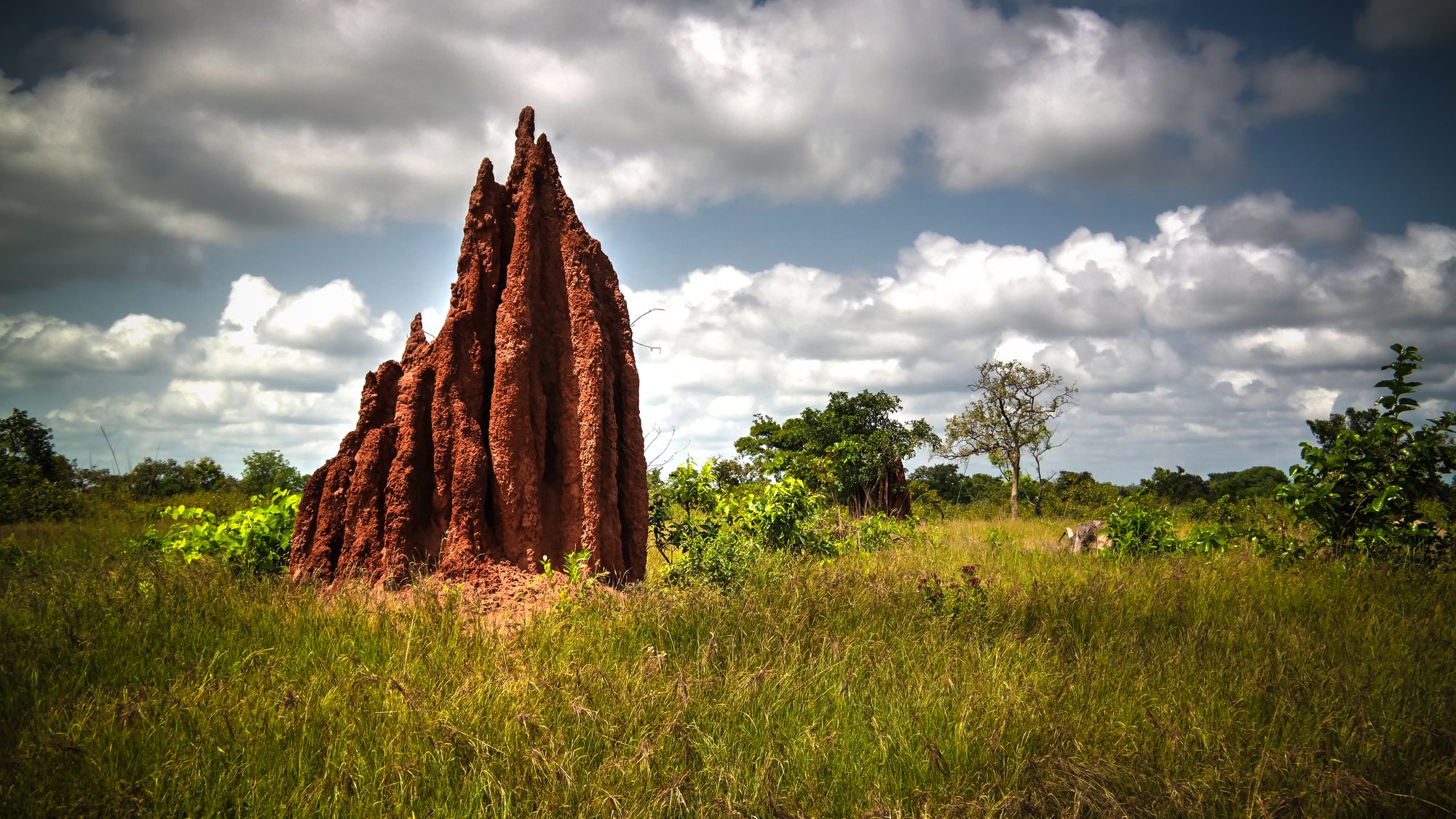Feature Article
John C. Z. Woinarski, Andrew A. Burbidge, and Peter L. Harrison
aNorthern Australian Hub of National Environmental Research Program and
bThreatened Species Recovery Hub of National Environmental Science Program, Charles Darwin University, Darwin, NT 0909, Australia;
cResearch Fellow, Department of Parks and Wildlife, Wanneroo, WA 6069, Australia; and
dMarine Ecology Research Centre, School of Environment, Science and Engineering, Southern Cross University, Lismore, NSW 2480, Australia
See allHide authors and affiliations
Edited by William J. Bond, University of Cape Town, Cape Town, South Africa, and approved January 13, 2015 (received for review September 10, 2014)
Significance
The island continent of Australia harbors much of the world’s most distinctive biodiversity, but this review describes an extent of recent and ongoing loss of its mammal fauna that is exceptionally high and appreciably greater than previously recognized. The causes of loss are dissimilar to those responsible for most biodiversity decline elsewhere in the world.
Abstract
The highly distinctive and mostly endemic Australian land mammal fauna has suffered an extraordinary rate of extinction (>10% of the 273 endemic terrestrial species) over the last ∼200 y: in comparison, only one native land mammal from continental North America became extinct since European settlement. A further 21% of Australian endemic land mammal species are now assessed to be threatened, indicating that the rate of loss (of one to two extinctions per decade) is likely to continue. Australia’s marine mammals have fared better overall, but status assessment for them is seriously impeded by lack of information. Much of the loss of Australian land mammal fauna (particularly in the vast deserts and tropical savannas) has been in areas that are remote from human population centers and recognized as relatively unmodified at global scale. In contrast to general patterns of extinction on other continents where the main cause is habitat loss, hunting, and impacts of human development, particularly in areas of high and increasing human population pressures, the loss of Australian land mammals is most likely due primarily to predation by introduced species, particularly the feral cat, Felis catus, and European red fox, Vulpes vulpes, and changed fire regimes.
Footnotes
This Feature Article is part of a series identified by the Editorial Board as reporting findings of exceptional significance.
Author contributions: J.C.Z.W., A.A.B., and P.L.H. designed research; J.C.Z.W., A.A.B., and P.L.H. performed research; J.C.Z.W., A.A.B., and P.L.H. analyzed data; and J.C.Z.W., A.A.B., and P.L.H. wrote the paper.
The authors declare no conflict of interest.
This article is a PNAS Direct Submission.
See Commentary on page 4514.
Freely available online through the PNAS open access option.
Note: This article have been indexed to our site. We do not claim legitimacy, ownership or copyright of any of the content above. To see the article at original source Click Here














